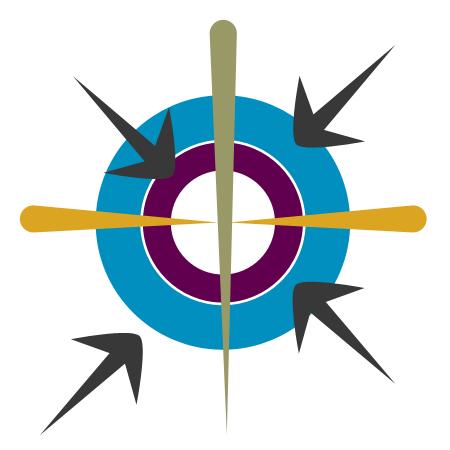MEDIA
When Obama's visit to Egypt was orchestrated and his Middle East peace plan was being forged, a new book was published, entitled "The Cost of Conflict in the Middle East." It sums up a study conducted by a team of international experts and sponsored by the Governments of Norway, Switzerland, Turkey, and Qatar. The study attempted to estimate the price of wars and conflicts in our region over the two decades that followed the Madrid Conference of 1991. The price they cited is enormous: USD $12 trillion. This is sunk cost, irreversible expense, money down the drain.
How did we ever reach such a huge sum? The researchers estimated that if peace were attained 20 years ago and the region abounded with cooperation and prosperity, as many hoped it would at the time, the Middle East growth rates would have been 8% annually and the level of per-capita income would have been twice its current level. In Israel, for example, annual per-capita income would have soared to USD $44,000 (based on the fact that in 2006, when the data for the study were gathered, it was USD $23,000), and the Palestinians could have reached the level of USD $2,500 (more than twice their current USD $1,200) annual per-capita income.
How the Math was Done?
As we all know, this did not happen and the conflict kept exacting an ever rising toll. The researchers focused on the elements that made the total price and distinguished between direct costs -- fatalities and casualties, military expenses, economic damage, and infrastructure and environmental destruction -- and indirect costs -- such as emigration, brain-drain, the rising power of extremist groups, the declining power of the civilian society, and more.
The math on the Palestinian side goes like this: Ever since 1991, some 6,000 people were killed in the territories. For comparison's sake, the number of Israeli conflict fatalities since 1948 is some 13,000, and the number of the Iraq War casualties is estimated at between 100,000 and half a million people. The researchers further added the 11,000 Palestinian held in Israeli prisons; the plots that the Palestinians lost to the State of Israel and the Jewish settlements; the deserted farming grounds; the expanding levels of unemployment and poverty; and the number of houses demolished. They even factored in the time that the Palestinians wasted waiting in line at the roadblocks and reached the figure of 1 million work hours lost each month.
On the Israeli side, next to casualties and the economic and social damages it sustained, the researchers reviewed fluctuations in Israel's international status (which they measured by inspecting world media articles). Some of the data is
unclear and even arbitrary. For example, they estimated the cost of the settlements as somewhere between USD $10 billion and USD $60 billion.
Comparing their findings with data from other countries, the researchers found, for example, that between 1997 and 2006, the Middle East countries purchased more weapons than any other region in the world. Saudi Arabia took the lead, procuring three times as much as Israel did, as it came in second, and Iran was rated third. All the other countries are way behind.
And What is the Price Peace Today?
After I finished reading the book, I went looking for other data, trying to estimate the direct cost of a current peace arrangement. The largest clause will be the solution for the Palestinian refugees' problem, which the experts estimated at USD $55 billion at least, and the evacuation of some 150,000 Jewish settlers from the West Bank, estimated at some USD $15 billion. This too is a lot of money. Thus, if we want an economic study of peace and war, we should examine whether maintaining the conflict is worthwhile. It may well be that keeping the conflict going is cheaper, a real bargain, particularly if we factor out the cost of suffering, orphanhood, and bereavement.





